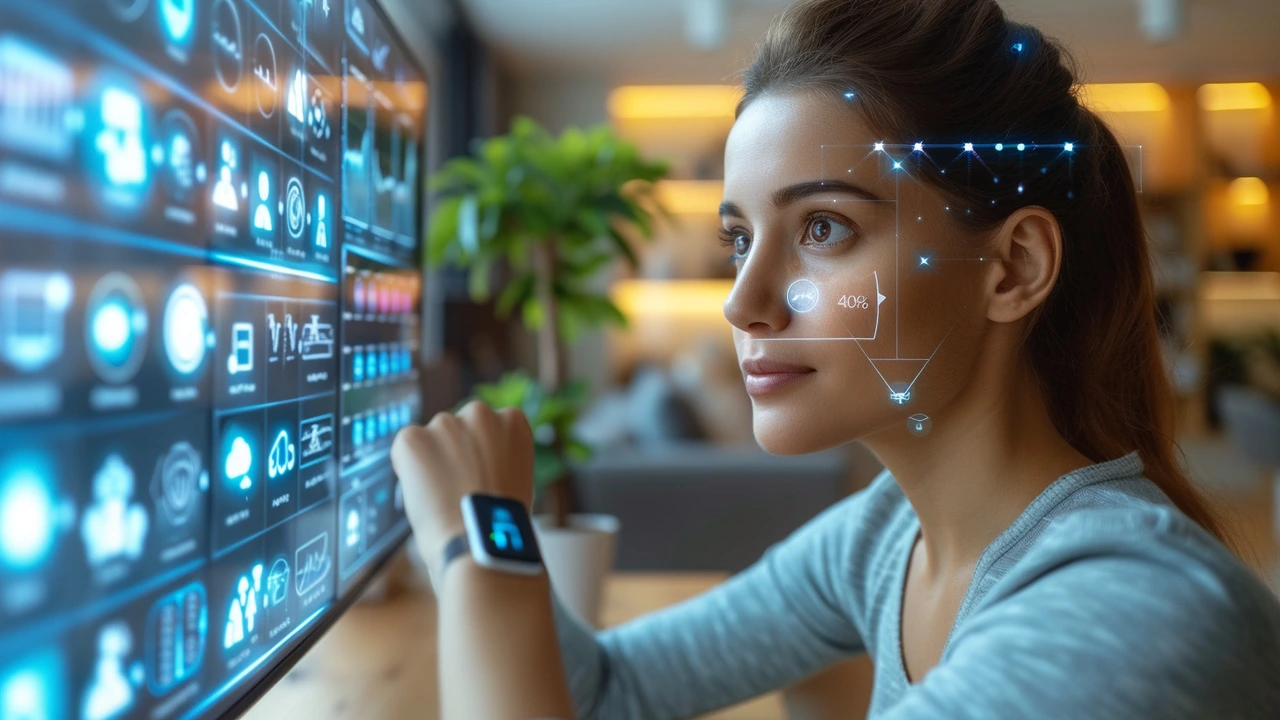Biofeedback helps you see how your body reacts to stress and then teaches you to change those responses. Instead of guessing how relaxed you are, you get real signals—heart rate, muscle tension, skin temperature, or brain waves—and use them to train calmer, clearer habits. It’s practical, measurable, and useful whether you want less anxiety, better sleep, or sharper focus.
Reduce anxiety: By watching heart-rate variability (HRV) or breathing patterns, people learn to slow their breathing and lower the fight-or-flight response. Many users notice less racing thoughts within a few weeks of regular practice.
Improve sleep: Learning to shift into a relaxed state before bed makes falling asleep easier. Short HRV or breathing sessions after work often cut down the time it takes to drift off.
Ease chronic pain and headaches: EMG biofeedback measures muscle tension. If tension causes your pain, you can learn to relax the exact muscles that trigger problems and reduce pain flare-ups without more medication.
Boost focus and performance: Neurofeedback and HRV work well for people who need steady attention—students, athletes, or anyone facing high-pressure tasks. Training the brain or calming the nervous system helps keep you steady under stress.
Manage blood pressure and migraine triggers: Some people lower their blood pressure and reduce migraine frequency by learning to control physiological signals tied to those problems.
Pick a method: HRV biofeedback uses a chest strap or finger sensor and focuses on breathing. EMG uses small sensors on tense muscles. Neurofeedback uses EEG sensors to train brain patterns. Choose based on your main issue—sleep and anxiety: HRV; muscle pain: EMG; focus and attention: neurofeedback.
Try short daily sessions: Start with 10–20 minutes a day, five days a week. Progress often shows up in 2–8 weeks. Consistency matters more than length of each session.
Use apps or work with a clinician: Beginner-friendly apps and affordable devices make basic biofeedback easy at home. For chronic conditions or complex issues, a certified biofeedback therapist can tailor training and track progress.
What to watch for: Biofeedback is low-risk, but if you have a heart condition, epilepsy, or other serious health issues, check with your doctor first. Also, be skeptical of devices that promise instant cures—real change takes practice.
Quick tips: Pair biofeedback with simple habits—regular sleep, short walks, and fewer stimulants—to speed gains. Keep a short log of sessions and symptoms to see what works.
Biofeedback turns body signals into usable feedback. It’s not magic, but it’s a powerful tool you can use to train calmer breathing, looser muscles, clearer focus, and better sleep—often with visible, measurable progress in weeks.

Hey there, friends! Are you curious about biofeedback therapy and its benefits for ADHD? I sure was, so I decided to really get into it and share what I found out. With biofeedback therapy, you can learn to control your own body functions - imagine that! It's so empowering to see how you can manage ADHD symptoms, improve focus, and reduce stress on your own terms. So stick around, let's discover this together!
Read More